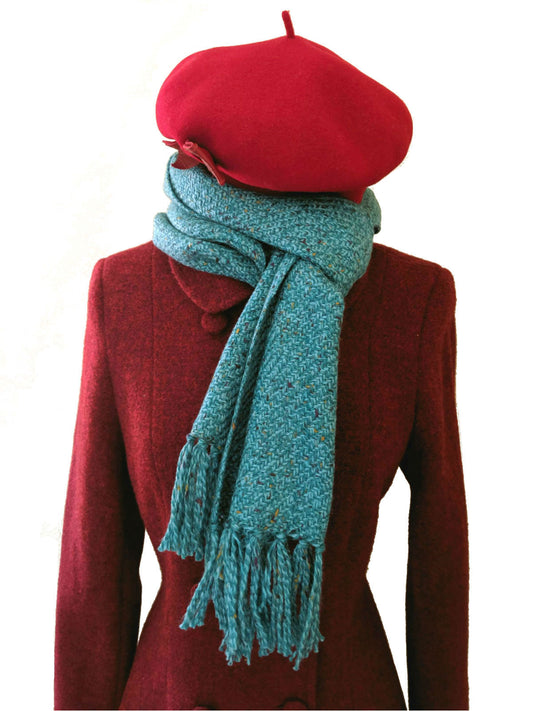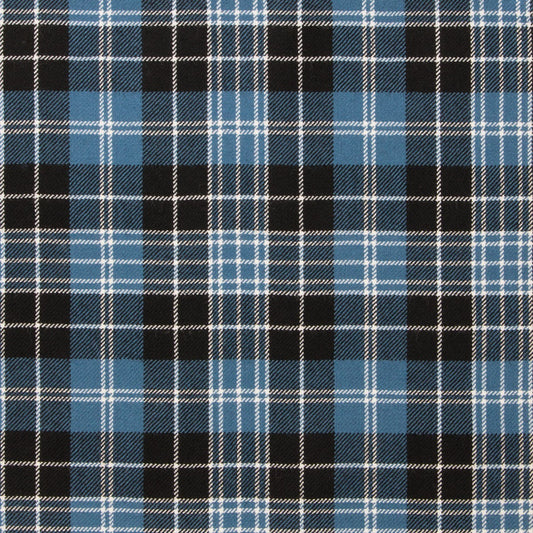Info

The Real Color Wheel & How it Can Help You Get ...
Color is amazing. It can evoke feelings—it can calm us, excite us, make us hungry, and more. Unfortunately, a lot of what people are taught about color is just wrong....
The Real Color Wheel & How it Can Help You Get ...
Color is amazing. It can evoke feelings—it can calm us, excite us, make us hungry, and more. Unfortunately, a lot of what people are taught about color is just wrong....

What Tartan Should I Wear? — All You Need for C...
"What tartan should I wear?" There aren't really any rules about which tartans you can and can't wear, but here's some info to help you pick one. The first step...
What Tartan Should I Wear? — All You Need for C...
"What tartan should I wear?" There aren't really any rules about which tartans you can and can't wear, but here's some info to help you pick one. The first step...
